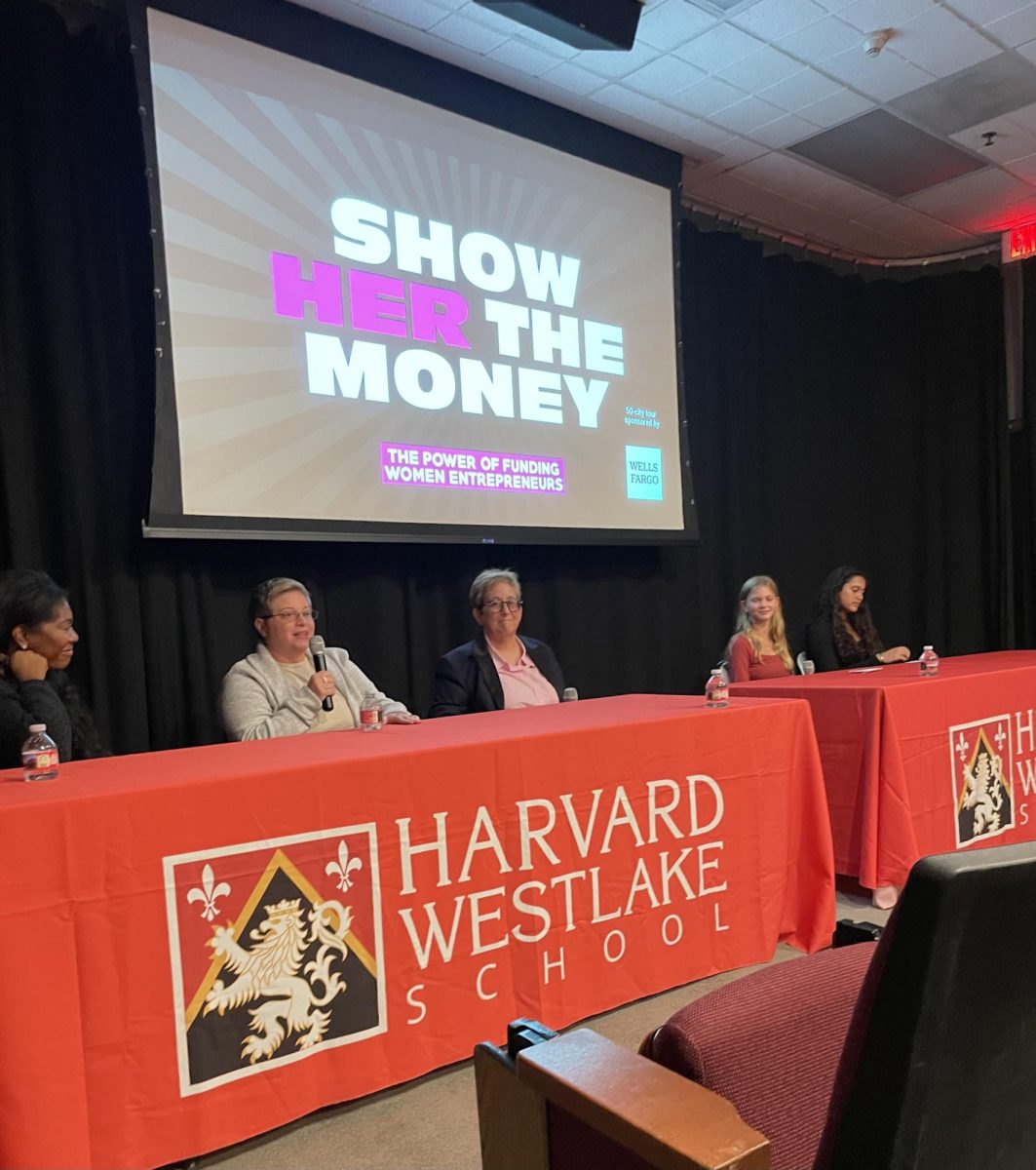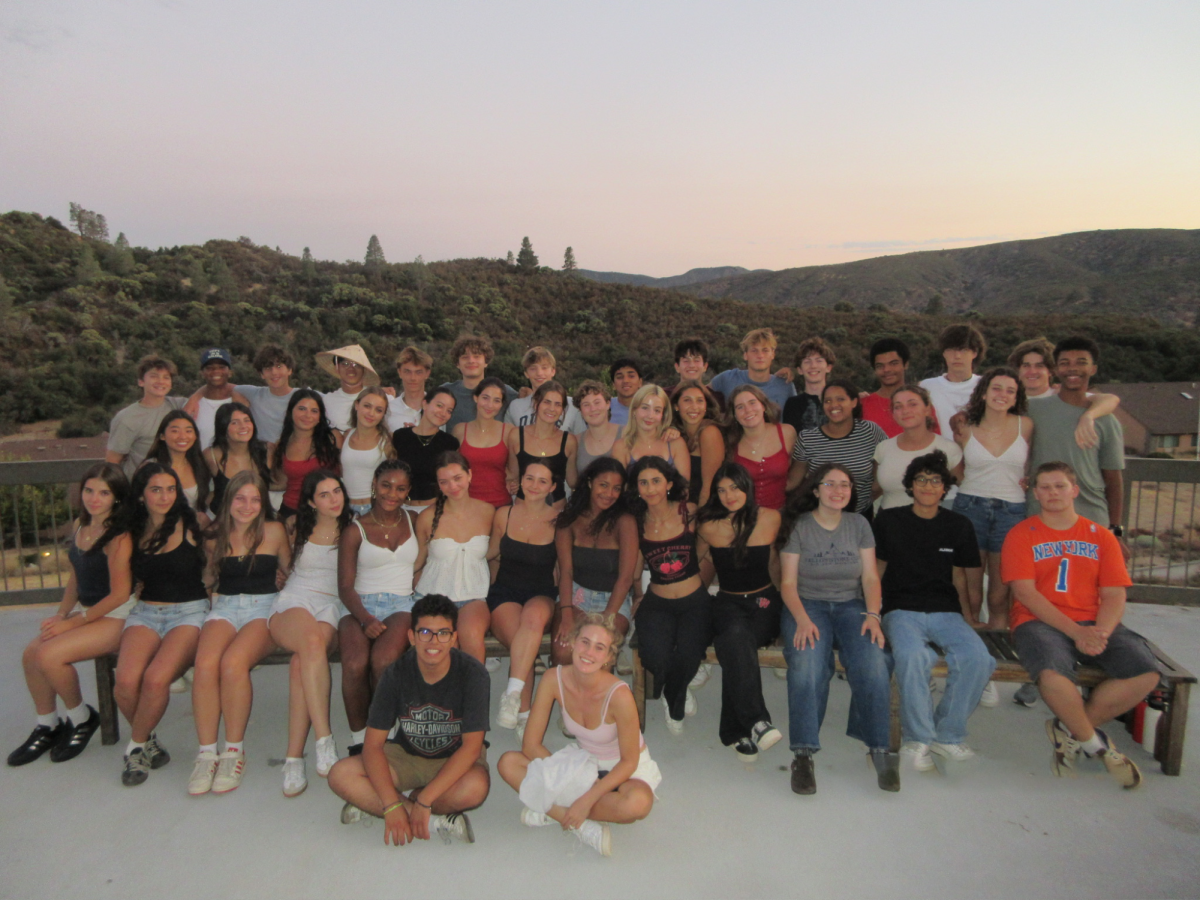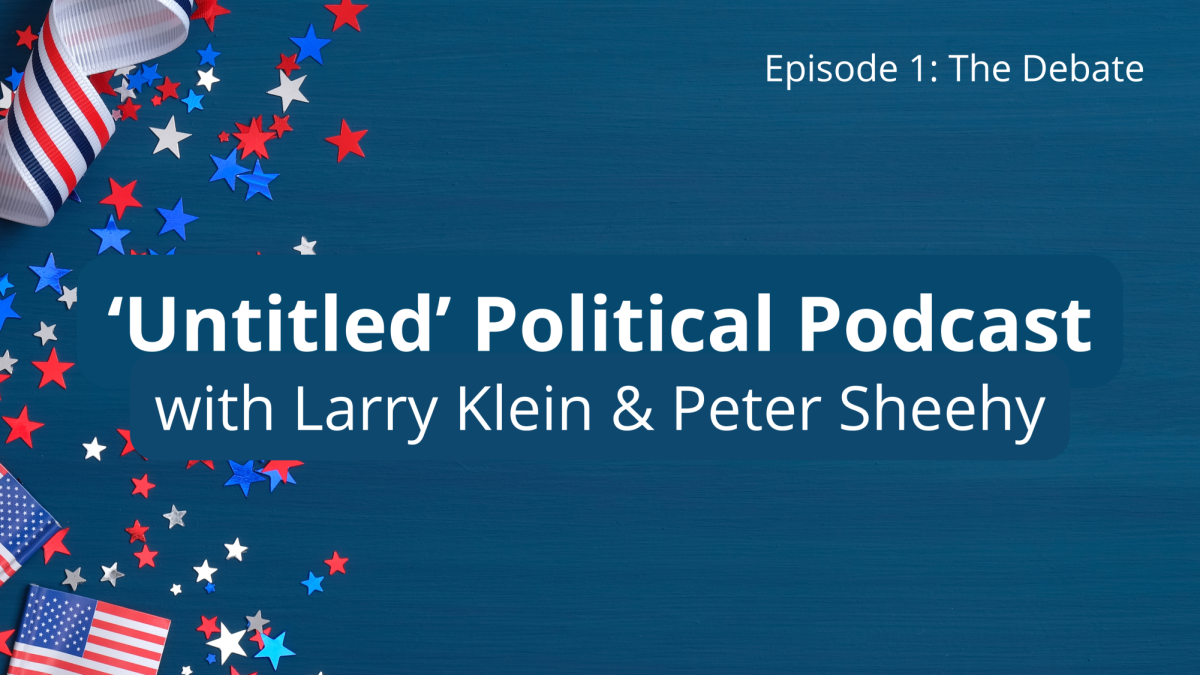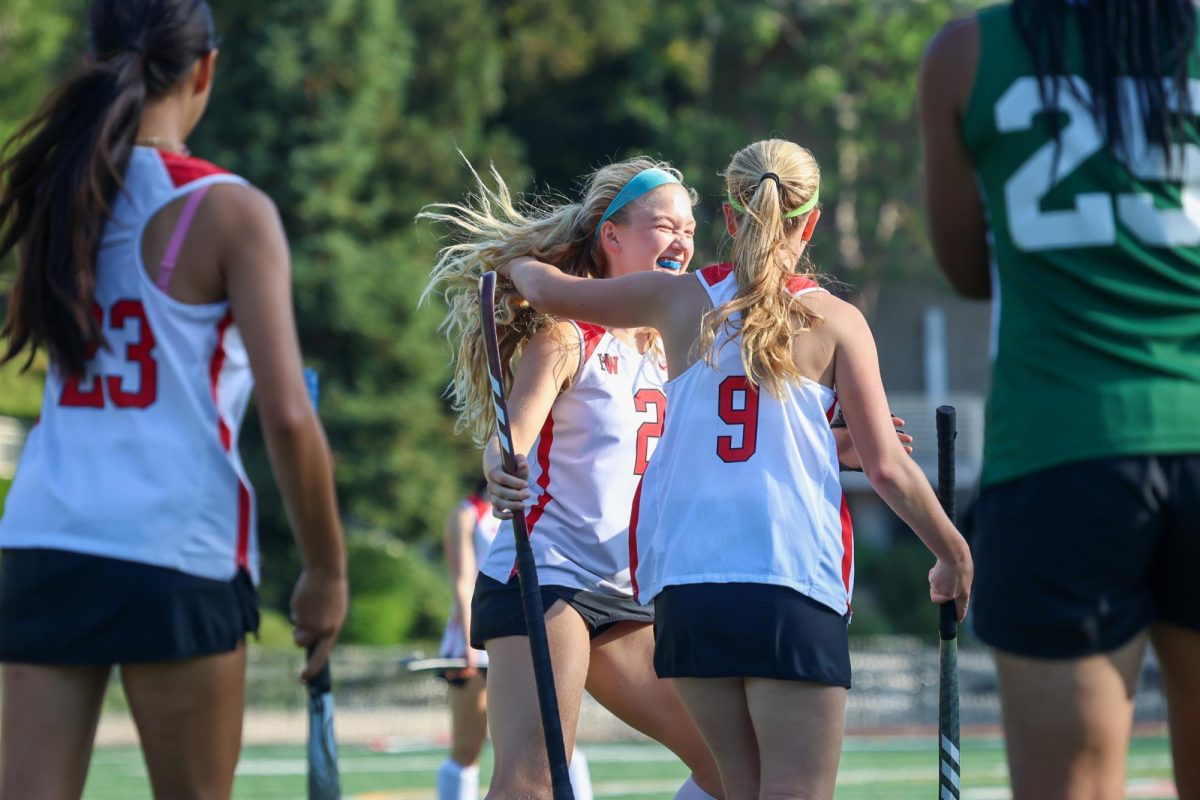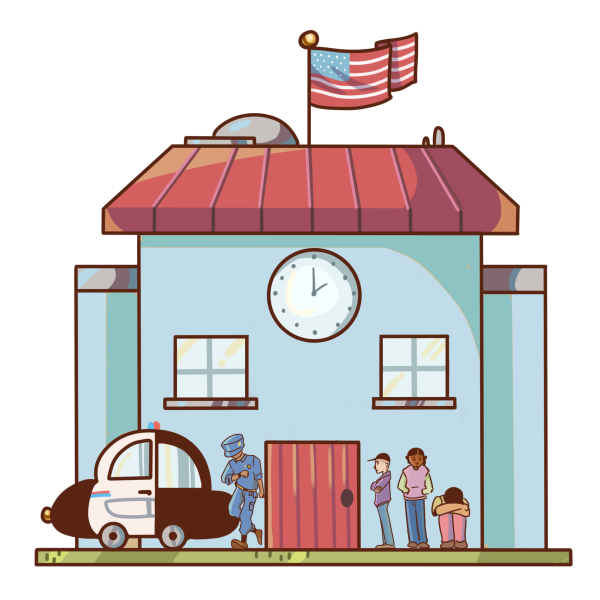Code Red: 2021 Climate Report
Following the United Nations’s climate report, students and faculty reflect on the efforts currently being made to combat climate change.
 A recent report from the United Nations’s (UN) climate panel details the full extent of the damage human behavior has caused to the environment. As greenhouse gas emissions continue to rise, the newer generation will likely have to reckon with the damage caused by major corporations. In light of these rapid changes, students and faculty have been working toward reducing the school’s carbon footprint and water usage.
A recent report from the United Nations’s (UN) climate panel details the full extent of the damage human behavior has caused to the environment. As greenhouse gas emissions continue to rise, the newer generation will likely have to reckon with the damage caused by major corporations. In light of these rapid changes, students and faculty have been working toward reducing the school’s carbon footprint and water usage.
AR6 report reveals alarming climate change data
Global temperatures will rise above 1.5 degrees Celsius and 2 degrees Celsius over the course of the 21st century unless carbon dioxide and other green-house gas emissions decrease significantly, according to the “AR6 Climate Change 2021: The Physical Science Basis (AR6 report).”
UN Secretary-General Antónico Guterres declared the situation a climate emergency. The UN’s report outlines that human behavior is accelerating the melting of the Arctic sea, raising sea levels, and increasing the frequency of fatal droughts. The report also states there is no inhabited region across the globe unaffected by climate change. According to The Weather Channel, this past summer saw historic heatwaves across the west coast as La Niña, the cooling of ocean temperatures on the west coast of South America, heavily affected weather patterns. Furthermore, the climate is projected to get increasingly hotter and drier in California, creating an environment where wildfires can spread easily.
Environmental Club leader Maya Mathur ’22 said although she was upset to hear the AR6 report state that human influence has inflicted permanent damage to the environment, she is glad that the extent of the crisis is being accurately communicated to the public.
“I think the climate report really highlights the need for us to act quickly and cut down greenhouse gas emissions,” Mathur said. “It was sad to see how the report stated that global warming has already caused irreversible changes. I really hope the report communicates how dire the climate situation is to people who don’t believe in global warming.”
HW community works work towards minimizing its carbon footprint
The report set a target of net-zero carbon emissions after 2050. In order to meet these net-zero goals, the amount of greenhouse gas emitted must be equivalent to those extracted from the atmosphere.
As part of their efforts to reduce their carbon footprint and in response to the AR6 report, the school administration is addressing their excessive water usage. For example, the River Park Campus will use a drainage system that captures, purifies and reuses excess water. President Rick Commons said as the school makes large infrastructure changes, it prioritizes sustainability and water conservation.
“There is a tremendous amount of planning and expense being allocated toward water reclamation, solar power and native plantings at River Park,” Commons said. “That is where we have the opportunity to do the most good [for the environment], not only because we’re starting from scratch on our [facilities], but because what is there now is a golf course that uses pesticides, has nonnative plants and does not have a water reclamation system.”
Students learn about global climate change at school
In order to learn more about the climate crisis, upper school students have the opportunity to enroll in Advanced Placement (AP) Environmental Science and Honors Topics in Evolution and Ecology. AP Environmental Science teacher Nadine Eisenkolb said she is extremely supportive of the school’s decision to move towards sustainability, through changes such as ceasing to sell plastic water bottles. Eisenkolb said this is the first of many steps towards a sustainable campus, and said she believes there is more the school can do to educate its students about climate change-related issues.
“If we don’t take care of this planet, nothing else is going to matter,” Eisenkolb said. “We can pump out the best students that are the most educated, but nothing is going to happen because there’s going to be environmental and economic collapse. So if the school was to say [that climate studies] is not [optional curricula], and this is something we are putting priority on, I think that would change the story dramatically, and that would really change the amount of difference we could make.”
Eisenkolb said there are multiple strategies the school can employ to reduce their carbon footprint and usage of fossil fuels: reusable dishes and silverware, charging ports for cars that promote driving energy-efficient vehicles, drought-tolerant plant life instead of live grass and solar energy heated pools.
“When we have students walk across campus every day, we teach them that it is okay to heat our pool, that it is okay to water all of these tropical plants, that it is okay to eat [out of plastic] containers and not care about where the trash comes [from],” Eisenkolb said. “I don’t think that [is] what the school wants to teach.”
While the Upper School offers AP Environmental Science, the Middle School does not offer an environmental science class. Middle School Science Teacher and Environmental Club Advisor Daniella Ellingson said the Science Department does not uniformly enforce climate change education.
“Part of the science standards include human impact,” Ellingson said. “Every science year, there are units and lessons that are supposed to be about human impact on the planet. However, Harvard-Westlake doesn’t use those standards. For our curricula, it’s mostly how much each individual teacher wants to bring into the classroom.”
However, Ellingson also said the Middle School is working to integrate more climate studies into its seventh and eighth grade lesson plans.
“For the seventh graders, we actually revamped our curriculum a couple of years ago, and now there is a unit dedicated to weather and climate,” Ellingson said.
Students support and participate in environmental protection movements outside of school
Aside from the school’s efforts, students work independently to support the sustainability movement, creating foundations and joining organizations. Max Thompson ’23 founded the SoCal Beach Cleanup in 2015 to inspire students to fundraise for the World Wildlife Fund. He said he has focused his efforts on raising student involvement in beach trips to reduce human waste.
“A lot of the work that we do has to do with spreading awareness,” Thompson said. “But obviously, I think letting people know about problems is really different from actually making real, tangible change. I think our biggest thing is actually getting out into natural habitats. What we’re doing right now is cleaning up beaches and cleaning up areas that marine life need to survive, hunt and get food.”
In response to hearing about the report and seeing the media’s growing concern, Thompson said he worries the data may contribute to hopelessness and consequently prevent people from participating in the sustainability movement at all.
“I think the report can be sort of damaging because I think that for a lot of people, if they see something that’s telling them that we don’t have any time left, and it’s already irreversible, then I think in some ways, or at least for some people, it can be a way to give up and say, ‘There’s nothing I can really do [to help],’” Thompson said.
Climate activist Rhea Madhogarhia ’22 said the most crucial part of helping the movement [gain traction] is bringing awareness to important issues, even if it means relaying concerning news [to the public].
“If the collective is more aware of the situation, they are more likely to act,” Madhogarhia said. “I think overall awareness from the public is always good and support for the cause is always good because if there is no support, then there is no motivation for larger corporations that are really contributing to environmental problems to change anything.”
Madhogaria is part of a student-run organization, The Global Youth Climate Database, which encourages climate change activists to spread awareness and demonstrate to the public how to take action. The organization’s web page features frequent news articles to educate others about climate catastrophes and advancements against climate change.
While Madhogaria believes people do not need to uproot their lifestyles to help the environment, she said supporting local, sustainable businesses is critical in helping the environmental cause.
In addition, Madhogarhia said there are multiple ways that students can help improve the situation as individuals, such as by utilizing reusable water bottles and bringing tupperware containers to school or through avoiding plastic bags.
Echoing Madhogarhia’s sentiment, Commons said students should take on their own initiatives to work toward the goal of living sustainably.
“I think students need to [start making] decisions for themselves, whether that’s carpooling or whether that is how they use and dispose of waste,” Commons said. “And I think that students need to push us to look at sustainable plantings [and] to look at ways [to decrease] water use.”
As the school year begins and carbon dioxide levels continue to increase at a rapid pace, according to the AR6 report, Commons said he will search for ways to actively respond to infrastructural issues with sustainability under school policy.
“I recognize that gradual probably isn’t good enough,” Commons said. “There likely need to be some more extreme corrections. Speaking for Harvard-Westlake, I think we need to identify what those are [so] that we can make in a way that is more responsible, given what we’re learning [and] the new data.”

